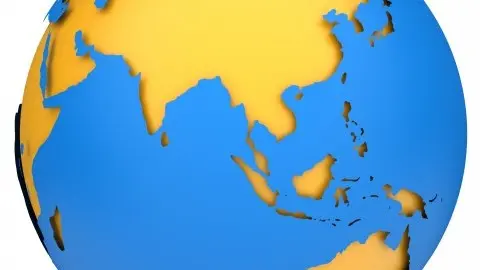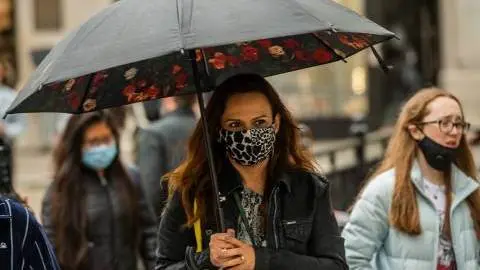China’s “internal circulation” is working
With internal tourism at its heart, President Xi's promotion of “internal circulation” is quickly delivering a recovery in Chinese GDP growth
What is dual circulation?
China’s President Xi Jinping advocates dual circulation of economic growth. One part of this is “internal circulation”, the other is “external circulation”.
The source of growth for internal circulation is domestic demand from domestic consumption, new-infra and traditional infrastructure investment. Policies are planned to boost internal circulation. The idea is that this source of growth will drive the job market and with more people returning to work following redundancies due to Covid-19, they will spend more and drive growth faster.
The basis of external circulation is export demand, which is still weak and isn't under the control of the Chinese government.
Tourism policies are the start of internal circulation
The central government has promoted cross-provincial travel within Mainland China during the summer holidays. This has successfully supported service sectors, especially in scenic areas and resorts. Hainan Island was full of local visitors this summer.
So far, internal circulation has been successful as retail sales in August have returned to positive growth
More jobs have been created in the service sector as a result, enabling more people to spend. It is the lower-income classes that power the massive consumer market. If they are employed, China’s consumption should increase. So far, internal circulation has been successful as retail sales in August have returned to positive growth.
The government has taken note of this successful measure and is promoting even more internal tourism. Given China’s big geographical area, we expect more local governments to propose such tourism measures to the central government.
Chinese tourism and retail sales are linked

Tech policy moves towards self-reliance
Apart from tourism, the central government has pushed hard to set up more free trade zones.
Nowadays, free trade zones are not really about international trade, in fact, they are a small area within a local government to experiment with different policies.
Recently, there have been new free trade zones targeted at technological advancement. We think that the aim is to reduce and eventually eliminate China’s reliance on advanced technology from the rest of the world. It is probably only a matter of time before China becomes largely self-sufficient in terms of advanced technology.
Forecasts
We revised our GDP growth last month for the third quarter from 0.5% year-on-year to 2.5% year-on-year, and the full-year forecasts from 0.5% YoY to 0.7% YoY. These sets of forecasts remain valid as economic indicators continue to improve.
Our revised GDP forecasts from last month for the third-quarter still hold at 2.5% YoY
On the USD/CNY, this has moved very closely with the dollar index in September. The correlation increased from August.
We believe that this echoes the Chinese central bank governor’s recent comment that China is in the process of exchange rate and interest rate liberalisation.
Our USD/CNY forecast is 6.70 by the end of 2020.
This publication has been prepared by ING solely for information purposes irrespective of a particular user's means, financial situation or investment objectives. The information does not constitute investment recommendation, and nor is it investment, legal or tax advice or an offer or solicitation to purchase or sell any financial instrument. Read more
Download
Download article
9 October 2020
Good MornING Asia - 12 October 2020 This bundle contains 5 Articles
